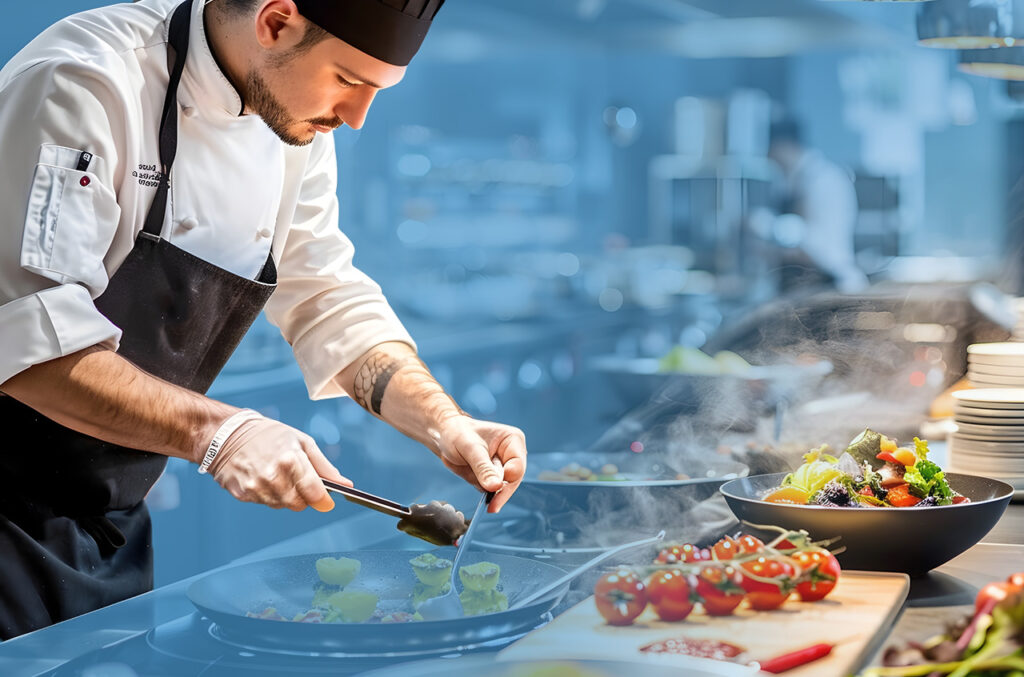New Guidance on Preventing Fires Caused by Unattended Cooking
Euralarm, the European trade association representing the fire safety and security industry, has published new guidance on implementing safety measures to prevent fires caused by unattended cooking appliances.
Why Cooking Is a Leading Fire Risk
Research undertaken by groups such as the Zurich Insurance Company (Europe) and the National Fire Protection Association (USA) highlights that cooking is one of the leading causes of residential fires. These incidents can result in injuries, property damage, fatalities, and significant financial and emotional consequences.
Common Causes of Cooking-Related Fires
Potential causes of cooking-related fire incidents include:
- Children
- Pets
- Overheated oils and grease
- Flammable items near heat sources
- Faulty or misused appliances
- Clutter around cooking areas
- Spilt food or oil
- Loose clothing
- Alcohol consumption while cooking
Technologies to Prevent Cooking Fires
To address these risks, Euralarm highlights a range of technologies designed to prevent cooking-related fire incidents, including:
- Stove guards
- Induction cooktops with safety features, such as automatic shut-off
- Cooktop sensors
- Timer-based auto shut-off devices
- Smoke and heat sensors
- Automatic fire suppression systems
- Smart stove monitors that provide alerts and allow remote shutdown
- Fire-resistant mats and covers
The Importance of Stove Guards
The guidance places particular emphasis on the effectiveness of stove guards. These devices can cut the power to a cooker or provide warnings when unsafe conditions are detected. They use sensors to monitor for heat, temperature changes, smoke, steam, and human presence. Stove guards can also detect when a hob has been left on, a pan is boiling dry, or food is burning.
Protecting Vulnerable Individuals and High-Risk Settings
Euralarm recommends widespread adoption of stove guards, especially in settings where individuals may be at greater risk, including:
- Older adults
- People with dementia
- Individuals with disabilities
- Children
These technologies are particularly recommended for use in environments such as care homes, student accommodation, and other shared or high-risk living arrangements.
Summary
Overall, the guidance provides a practical overview of the technologies and measures that can help prevent cooking-related fire incidents and improve safety in domestic environments.
If you have any questions or would like support with managing issues at your workplace, please speak to your usual contact or get in touch using the form below.



